The corn is starting to dry out, so it must be time for the Fall semester to start up again. Here at JCCC, though, the work doesn’t stop just because its Summertime. This past summer term, I had an honors student that worked on astrophotography and differential photometry. Both were fun projects, and I’ll write more about the variable star photometry later. For now, let me show off some of the excellent images G. W. Francis took with our SBIG ST-8 CCD camera and his own Nikon D40.
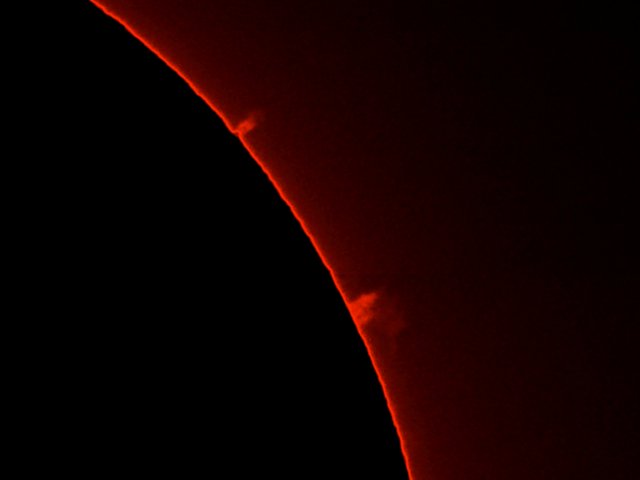
Every Monday evening in June, it seemed, was cloudy, so we decided to take advantage of a sunny afternoon and image the Sun using an H-alpha filter. This filter only allows the one wavelength of red light emitted by hydrogen atoms which enables us to see features like the prominence shown above.
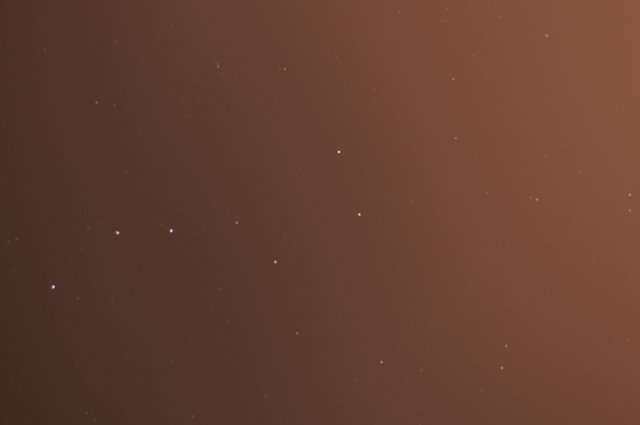
GW mounted his D40 onto the piggyback mount of our Celestron 8″ SC telescope and tried to take an image of the constellation Ursa Major. Most of what he got was the reflected light from the sodium vapor lamps in the parking lot. This was the last night of observing at the college. The light pollution was just too much for us.
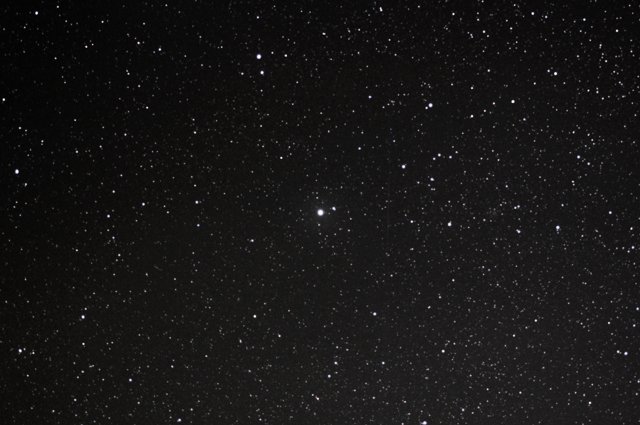
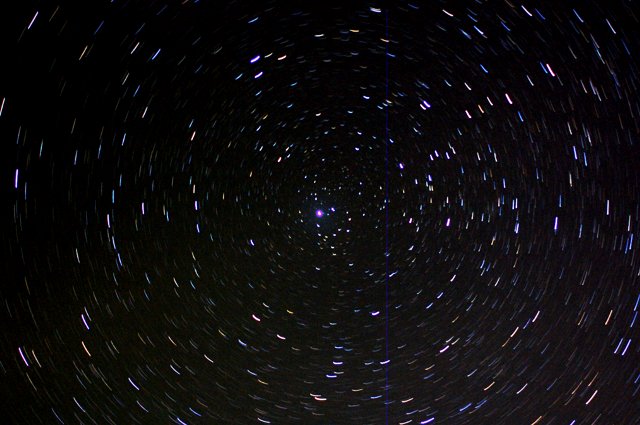
GW mounted his Nikon D40 on a tripod and pointed it northward, centering Polaris in the field of view and collected 21 images each with a 30-sec exposure. By rotating and aligning each image, a detailed view of the Northern Night Sky is revealed. When the images are not rotated, but simply stacked and merged together, the rotation of the Earth becomes apparent as the stars leave trails through the sky. Notice that Polaris, which is very close to the North Celestial Pole, remains nearly fixed in place.
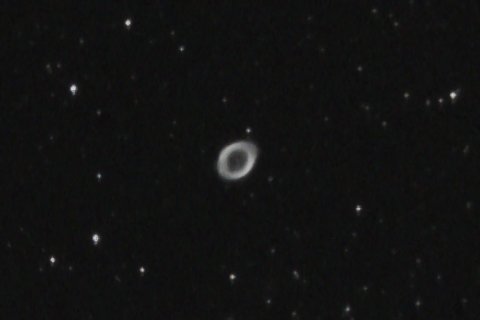
Before settling down onto the program variable star for the evening, the we targeted several Messier objects. M57, the Ring Nebula, is a planetary nebula. A star, not unlike our Sun, threw off its outer layers as it died leaving behind an expanding shell of gas and a small but staggeringly hot white dwarf in the center.
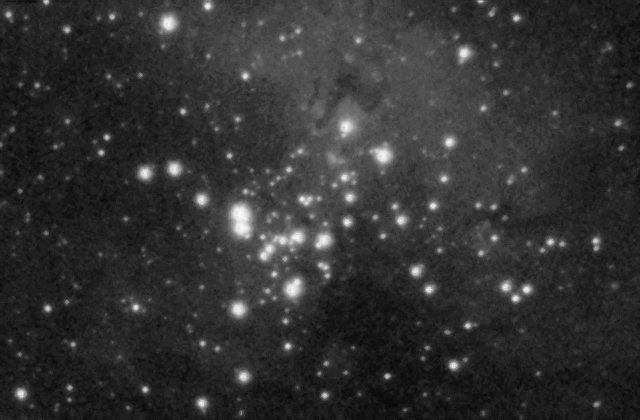
M16, The Eagle Nebula, made famous by the Hubble Telescope’s image Pillars of Creation, had to be imaged by peeking through the gaps in a maple tree near where we had setup the telescope. The location was chosen for optimum viewing of the variable star DY Her, not M16, but we got lucky. In the image you can make out the famous pillars in the top center of the image.
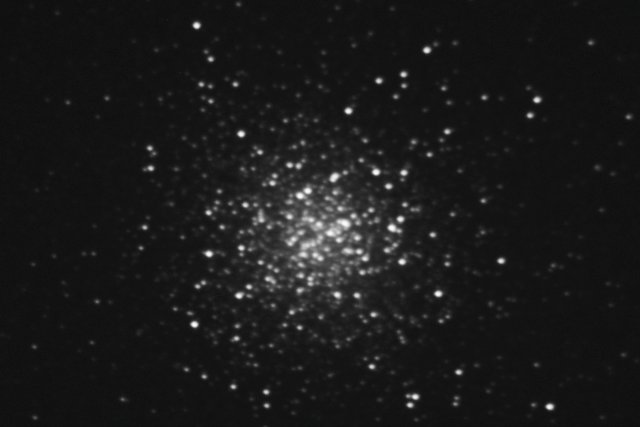
M13, the Great Cluster in Hercules, is one of the closest (relatively speaking) globular clusters to our planet. This dense cluster is home for around a million ancient stars.
Great pics! It is a shame that we can’t see the sky as it should be seen. Seems it would be pretty easy to reduce the light pollution and maybe saver some energy in the process.
Another disconnect between the average American and the real world.